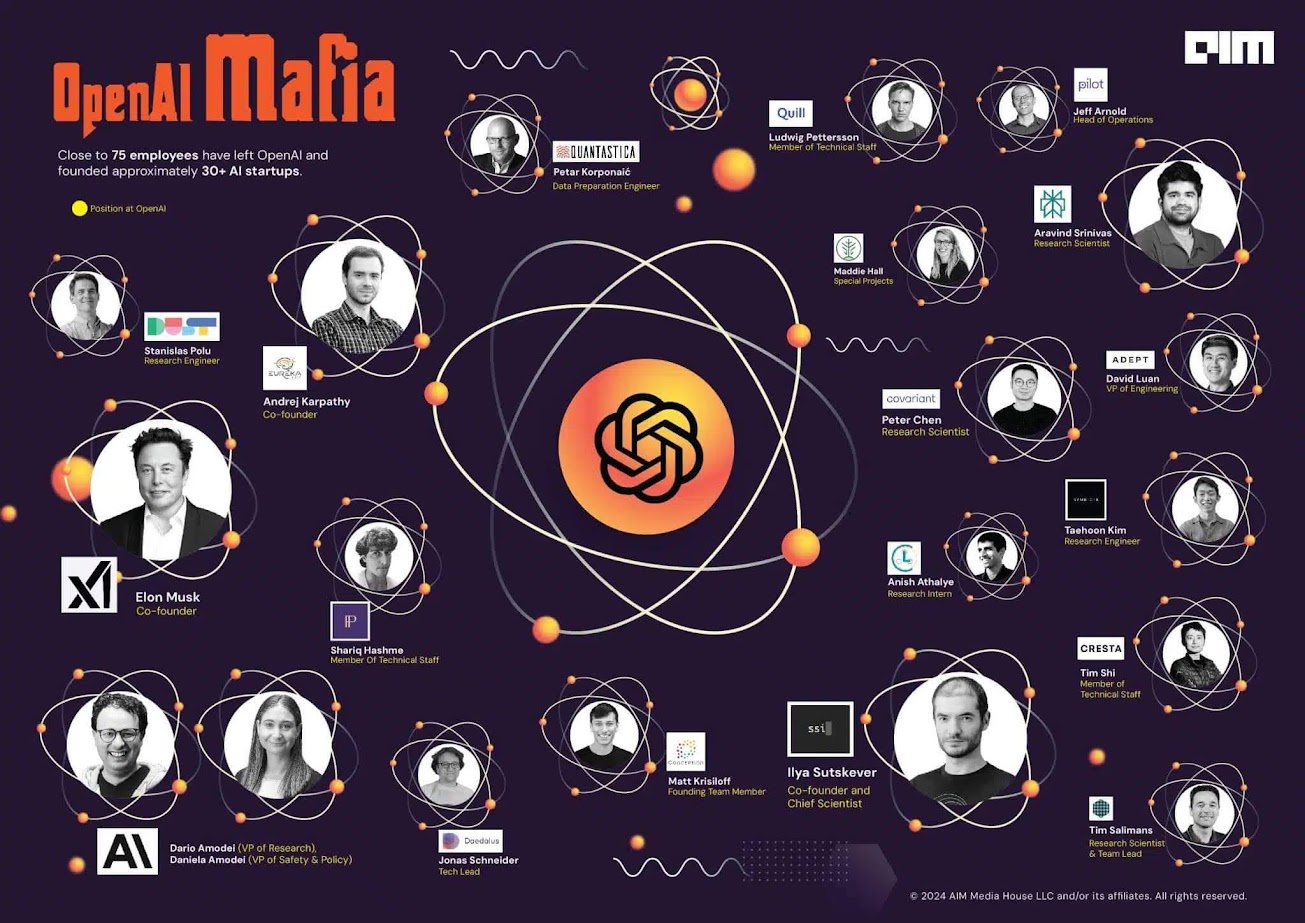Throughout our lives, we’ve been taught how to do things, not necessarily what to do. Reflecting on my school and university days, I realize we were constantly given problems to solve and taught methods to tackle them. But we weren’t encouraged to create our own problems. This approach has significant implications, especially for those of us venturing into entrepreneurship.
The Traditional Education Model
In school and university, the focus was always on solving predefined problems. Teachers provided us with exercises, and we learned step-by-step methods to find solutions. While this is valuable, it doesn’t prepare us for real-world challenges where problems aren’t handed to us on a silver platter.
Entrepreneurship and Problem Creation
For those who have taken the leap into entrepreneurship, the shortcomings of traditional education become evident. As entrepreneurs, we’re tasked with identifying problems that need solutions. This requires creativity and critical thinking—skills that aren’t typically emphasized in conventional education. Without guidance, many of us have to figure this out on our own, which can be both challenging and rewarding.
The Rise of Artificial Intelligence
With the advent of AI, many tasks that once required human problem-solving skills are now automated. AI can solve a vast array of problems, and its capabilities are rapidly expanding. This technological shift makes the ability to create new problems even more crucial. As AI takes over routine problem-solving, our unique human ability to identify and define new challenges becomes a key differentiator.
Reimagining Education
Given these changes, it’s worth asking: Will the fundamental principles of education change? Could we see a shift from teaching how to solve problems to teaching how to create them? Imagine a curriculum where the primary outcome is not just the ability to solve assigned tasks but the skill to identify meaningful problems worth solving. This shift would better prepare students for a future where creativity and problem creation are paramount.
Implications for Professional Education
This transformation shouldn’t be limited to general education—it should extend to professional training as well. Instead of courses like ‘How to Program in Python,’ we might see classes focused on ‘How to Identify Programming Problems Suitable for Python Solutions.’ While the Python example is simplistic, the underlying idea is clear: education should evolve to prioritize problem creation alongside problem-solving.
Adapting to the Change
So, what does this mean for us? How should we adjust our approach to learning, training our employees, and educating our children? It’s time to embrace and focus on identifying valuable and promising problems that we can address with our skills and startups. By doing so, we stay ahead in a world where AI handles many of the problems we used to solve, ensuring that our human creativity remains indispensable.
Conclusion
The landscape of education and entrepreneurship is evolving. As AI continues to advance, our ability to create meaningful problems will become increasingly important. Embracing this shift will not only enhance our personal growth but also drive innovation and progress in our professional endeavors.
Read the article: “The Challenging Shift in Tech Job Markets: A Personal Insight”









